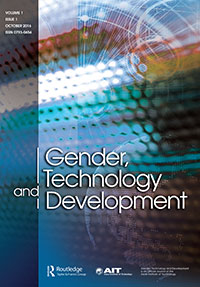Intersectionality in gender and agriculture: Toward an applied research design
Abstract
Applied to agricultural research for development (AR4D), intersectionality can illuminate how gender’s interactions with other axes of social differentiation, such as age, assets base, marital status, race/ethnic community, and caste/class, shape the social dynamics of agricultural systems and technological change to affect gender and development outcomes. However, operationalizing an intersectional approach at both the intervention and research analysis stages of AR4D is very complex and evidence on effective approaches is currently limited. This paper advances intersectionality in AR4D by briefly providing a conceptual framework and delving into a methodological approach that illustrates how practical, applied intersectional research design can be done and how the findings can be used to improve agricultural interventions. An analysis of empirical examples of gender and intersectional approaches in AR4D demonstrates how intersectionality allows us to look beyond homogenous, binary categories of women and men to examine differences and nuances in gender analysis. We demonstrate that while gender is a useful entry point into understanding inequalities relevant to agriculture, using a holistic intersectional approach that assesses which axes of social differentiation are key, and their linkages, is necessary to deepen understanding of how diverse social factors interact and mediate people’s ability to participate, benefit, and be empowered through AR4D.

